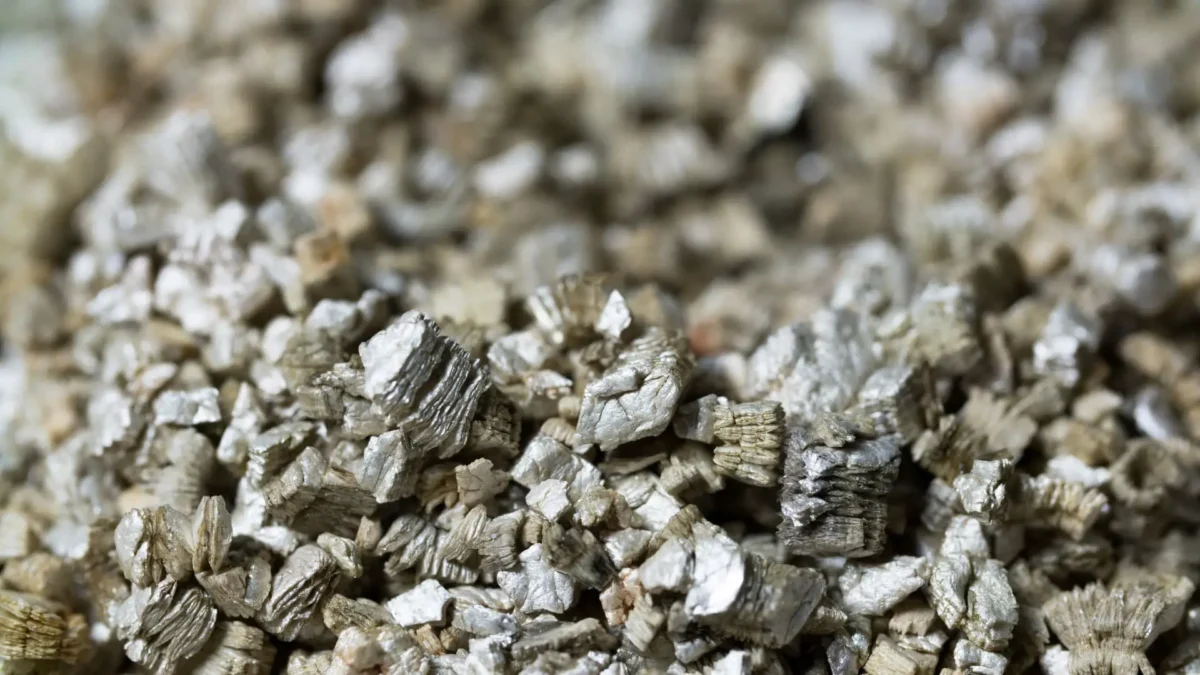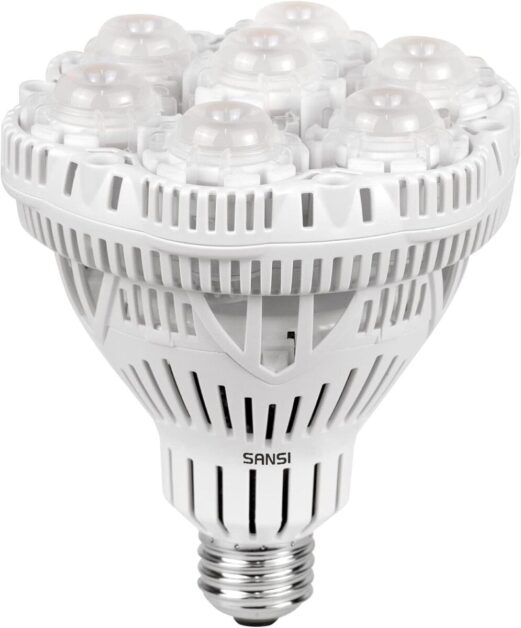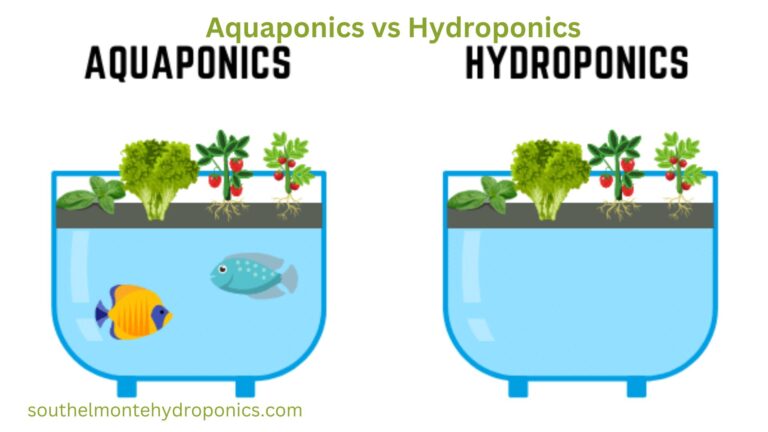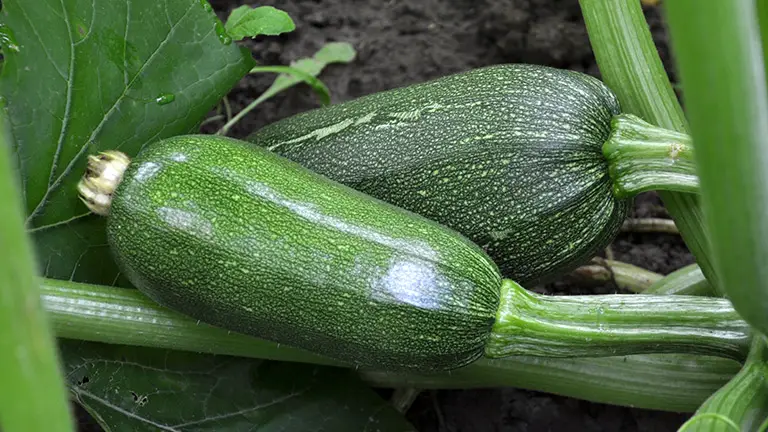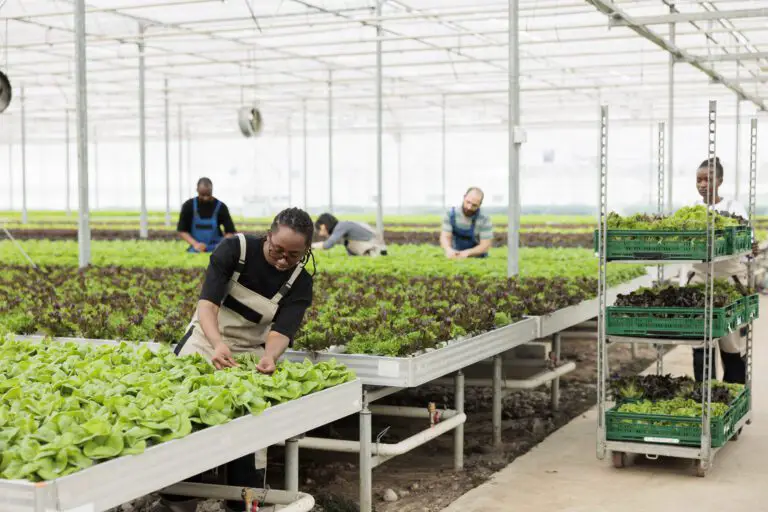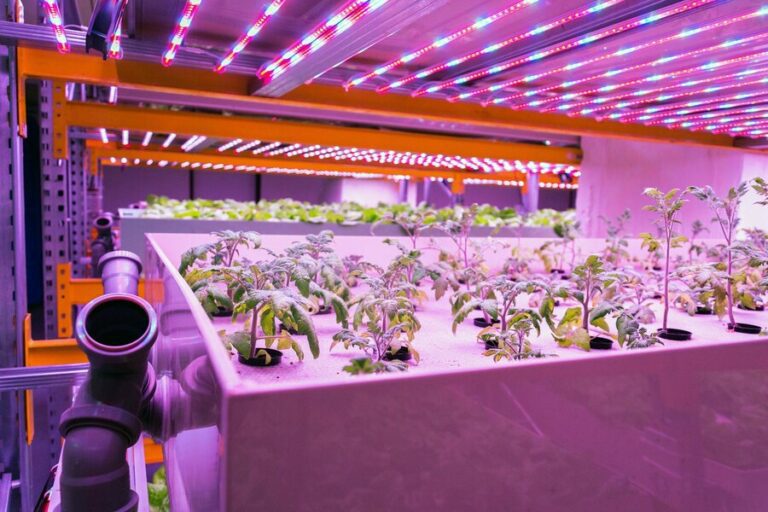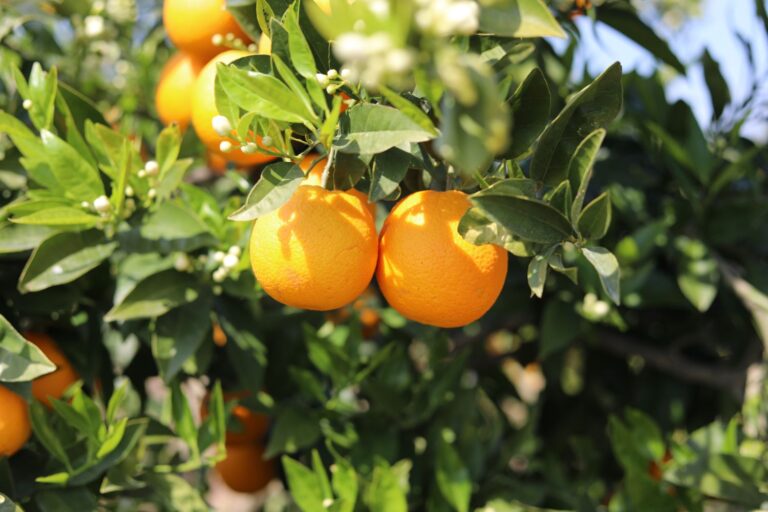How Vermiculite Hydroponics Can Help You Grow Delicious and Nutritious Vegetables
Are you ready to take your vegetable gardening to the next level? Enter vermiculite hydroponics – the innovative solution for growing delicious and nutritious veggies right in your own home. But what exactly is vermiculite hydroponics, and how can it revolutionize your gardening game? Imagine growing plump, juicy tomatoes or vibrant leafy greens without the hassle of traditional soil-based methods. With vermiculite hydroponics, you can achieve just that and more. Say goodbye to weeding, soil pests, and inconsistent yields. In this guide, we’ll explore how vermiculite hydroponics can help you grow an abundance of mouthwatering vegetables with ease. Get ready to discover the secrets to bountiful harvests and elevate your culinary adventures!
Table of Contents
Tips for maximizing the effectiveness of vermiculite hydroponics in vegetable cultivation
Vermiculite hydroponics is a widely used and effective method for cultivating vegetables without soil. By maximizing the effectiveness of vermiculite hydroponics, gardeners can ensure optimal growth and yield of their vegetable crops. There are several key tips to consider when implementing vermiculite hydroponics in vegetable cultivation.
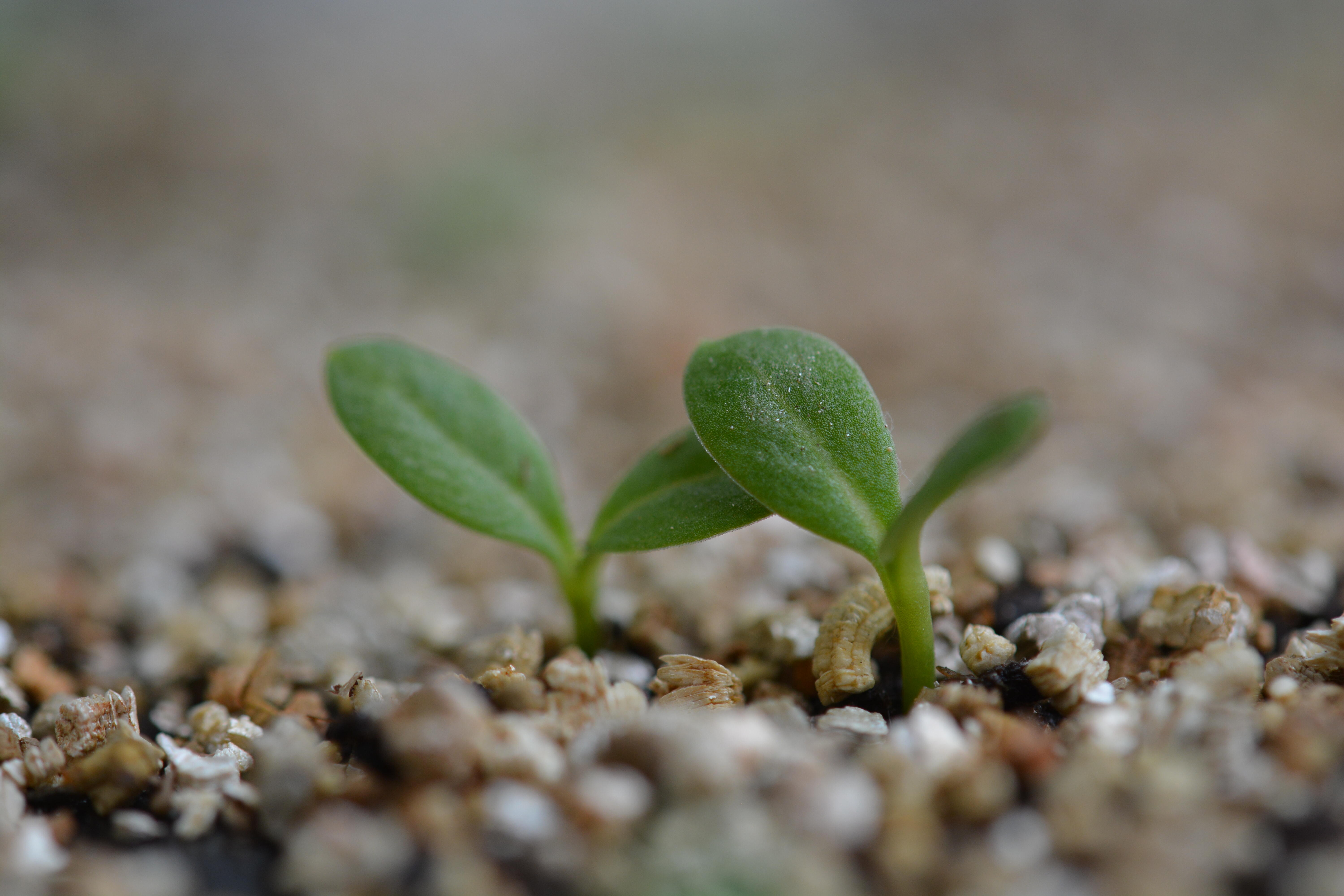
- Nutrient Levels:
- Macro and Micronutrients: Provide the right balance of essential nutrients for specific vegetable crops.
- Regular Testing: Conduct water and nutrient tests to ensure plants receive necessary elements.
- pH Level Maintenance:
- Optimal Range: Most vegetables thrive in a pH range of 5.5 to 6.5.
- Importance: pH affects nutrient availability and uptake.
- Regular Monitoring: Test nutrient solution pH and adjust using pH adjusters as needed.
The following table explain about the maximizing effectiveness of vermiculite hydroponics in vegetable cultivation:
| Aspect | Recommendation/Consideration | Quantitative Application |
|---|---|---|
| 1. Vermiculite as Growing Medium | Use vermiculite as a soilless growing medium | – Mix vermiculite in a ratio of 1:1 with perlite for optimal aeration and water retention. |
| Ensure proper drainage and aeration | – Aim for a vermiculite particle size of 1-2 mm for effective water and nutrient distribution. | |
| 2. Seed Germination in Vermiculite | Pre-wet vermiculite before sowing seeds | – Moisten vermiculite to about 75-80% of its water-holding capacity. |
| Spread seeds evenly on the vermiculite surface | – Place seeds at the recommended depth, covering with a thin layer of vermiculite. | |
| 3. Nutrient Solution Management | Monitor and adjust nutrient levels regularly | – Maintain an electrical conductivity (EC) level of 1.2-1.5 mS/cm in the nutrient solution. |
| pH levels between 5.5-6.5 | – Adjust pH as needed for optimal nutrient availability. | |
| 4. Pest Control in Vermiculite | Implement preventive measures against pests | – Use yellow sticky traps to monitor and capture flying pests in the growing area. |
| Apply neem oil or insecticidal soap for control | – Use neem oil at a dilution of 1-2 tablespoons per gallon of water for insect control. | |
| 5. Disease Prevention | Ensure good hygiene practices | – Sterilize equipment and containers before use to minimize disease risks. |
| Use disease-resistant plant varieties | – Choose vegetable varieties known for their resistance to common diseases. | |
| 6. pH Buffering with Vermiculite | Utilize vermiculite’s natural pH buffering properties | – Vermiculite can help stabilize pH levels in the hydroponic system. |
| Check and adjust pH regularly | – Regularly monitor and adjust pH based on crop requirements. |
By following these practices, vermiculite hydroponic systems can support healthy plant growth and maximize yields. 🌱🔬
Having incorporated Burpee Natural Grade Horticultural Vermiculite into my gardening routine, I’ve been impressed by its performance in improving soil quality and aiding plant growth. Its lightweight and airy texture make it easy to mix into soil, and I’ve noticed a significant improvement in soil aeration and drainage, particularly in heavy clay soils. This has allowed for better root development and overall plant health, as roots can now penetrate more easily into the soil and access essential nutrients.
I’ve also appreciated its pH-neutral nature, which hasn’t altered the pH of my soil significantly, allowing me to use it with a wide range of plants without worrying about pH imbalances. However, I did find that the cost of vermiculite can be a bit higher compared to other soil amendments, which could be a consideration for those on a tight budget. Overall, I’ve been satisfied with the results of using Burpee Natural Grade Horticultural Vermiculite in my garden and would recommend it to other gardeners looking to improve soil quality and promote healthy plant growth.
- Improved Soil Aeration: Burpee Natural Grade Horticultural Vermiculite helps to improve soil aeration by loosening compacted soil, allowing roots to penetrate more easily and enhancing overall plant growth.
- Enhanced Moisture Retention: Vermiculite has excellent moisture retention properties, helping to keep soil consistently moist and reducing the frequency of watering, especially beneficial for moisture-sensitive plants.
- Nutrient Retention: It also aids in retaining nutrients in the soil, preventing them from leaching away during watering or heavy rainfall, thus promoting healthier plant growth and reducing the need for frequent fertilization.
- Lightweight: Being lightweight, it does not compact the soil, allowing for better root development and nutrient uptake, while also making it easier to work with during garden maintenance tasks.
- pH Neutral: Vermiculite is pH neutral, which means it does not significantly alter the pH of the soil, making it suitable for a wide range of plants and gardening applications without causing imbalances.
- Versatile Use: It can be used in various gardening applications, including seed starting, container gardening, and amending garden beds, providing versatility and flexibility in soil improvement projects.
- Natural and Organic: Burpee Natural Grade Horticultural Vermiculite is a natural and organic product, free from synthetic additives or chemicals, making it safe for use around pets, children, and the environment.
- Cost: Vermiculite can be more expensive than other soil amendments, which could be a consideration for budget-conscious gardeners, especially when used in large quantities for extensive gardening projects.
- Limited Nutrient Content: While vermiculite aids in nutrient retention, it does not contribute significant nutrients to the soil itself, so additional fertilization may be necessary to meet the nutritional needs of plants over time.
- Environmental Concerns: Mining and processing vermiculite can have environmental impacts, including habitat disruption and energy consumption, although efforts are made to minimize these impacts through responsible sourcing and production practices.
- Potential Dust Hazard: Vermiculite dust can be irritating to the respiratory system if inhaled, so it’s important to handle it with care and avoid creating airborne particles during use.
- Moisture Retention: While vermiculite’s moisture retention properties are beneficial for most plants, it can potentially lead to waterlogging in poorly-draining soils or in containers without adequate drainage holes, which may harm plant roots.
Enhancing Oxygenation in Vermiculite Hydroponic Systems:
Understanding Oxygenation’s Importance:
- Oxygen is crucial for root development and overall plant health in vermiculite hydroponic systems.
- Adequate oxygenation facilitates nutrient uptake and prevents root suffocation, promoting robust plant growth.
Incorporating Air Stones or Diffusers:
- Integrate air stones or diffusers into the vermiculite hydroponic setup to enhance oxygenation.
- These devices release oxygen bubbles into the nutrient solution, increasing oxygen levels for the roots immersed in vermiculite.
Regular Monitoring of Dissolved Oxygen Levels:
- Periodically assess dissolved oxygen levels in the nutrient solution to gauge oxygen availability for the plants.
- Monitoring helps identify any deficiencies and informs adjustments to improve oxygenation.
Optimizing Oxygen Levels for Plant Health:
- Maintain dissolved oxygen levels within the optimal range for vermiculite hydroponics, typically between 6-8 ppm (parts per million).
- Adjust oxygenation methods as necessary to ensure consistent and adequate oxygen levels for optimal plant growth.
Benefits of Enhanced Oxygenation:
- Improved root development facilitates efficient nutrient absorption and enhances overall plant vigor in vermiculite hydroponic systems.
- Adequate oxygen levels reduce the risk of root diseases and increase plant resilience to stressors, promoting healthier plants and higher yields.
Ensuring proper oxygenation alongside nutrient balance and pH management is essential for maximizing the effectiveness of vermiculite hydroponic systems. Regular monitoring and adjustments to oxygenation methods contribute to maintaining optimal conditions for healthy plant growth and successful cultivation.
Key Practices for Successful Vermiculite Hydroponics:
Proper lighting is another important factor that can greatly impact the success of vermiculite hydroponics. Vegetables require adequate light energy for photosynthesis, which fuels their growth.
Proper Lighting:
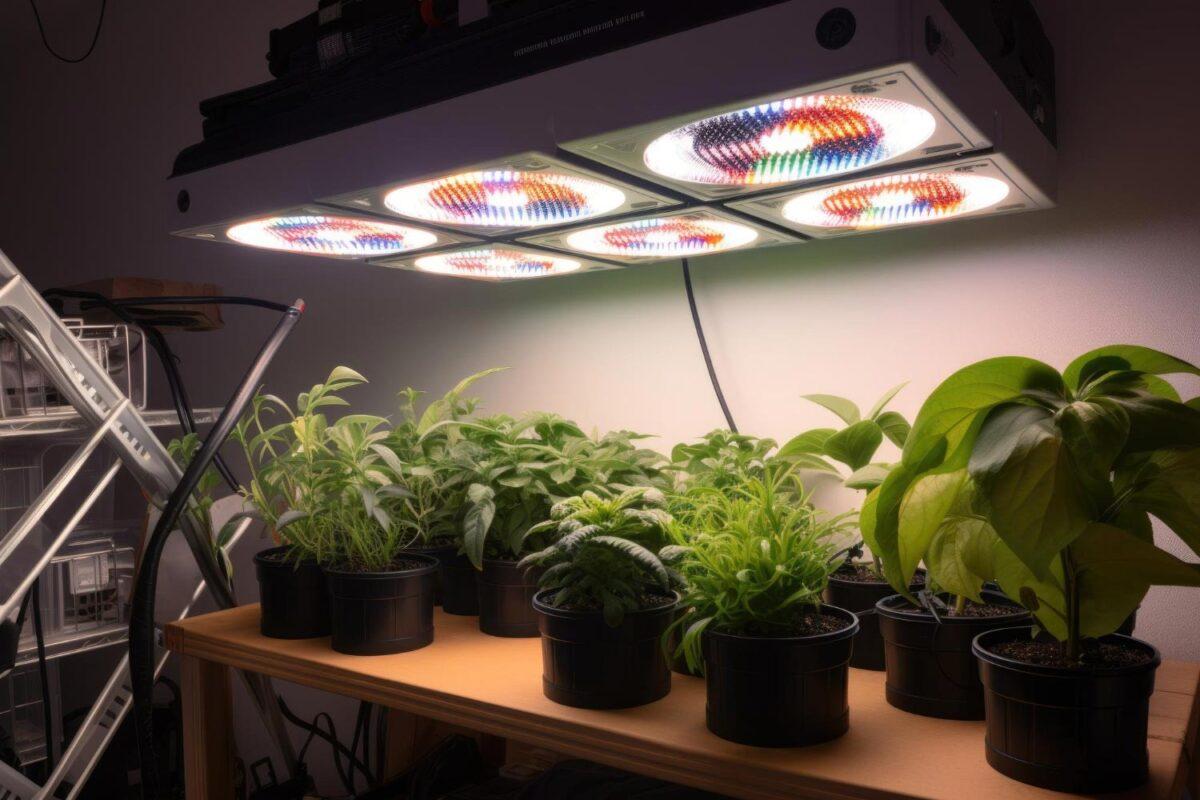
- Ensure vegetables receive adequate light energy for photosynthesis.
- Use high-quality grow lights with appropriate intensity and spectrum.
- Position grow lights at an optimal distance of 12-18 inches from plants.
- Monitor light intensity regularly and adjust as needed to prevent growth issues.
Maintaining Cleanliness:
- Regularly clean all hydroponic equipment, including reservoirs, pumps, tubing, and growing containers.
- Practice good hygiene by washing hands before handling plants or working in the system.
- Prevent diseases and pests by maintaining cleanliness within the hydroponic environment.
Monitoring Plant Health:
- Closely monitor plant health by inspecting leaves for discoloration, wilting, or pest damage.
- Early identification of issues allows for prompt intervention to prevent further damage.
- Regular monitoring ensures the overall success of the vermiculite hydroponics system.
By following these tips, gardeners can maximize the effectiveness of vermiculite hydroponics in vegetable cultivation, leading to healthier plants, higher yields, and overall successful growing experiences.
After incorporating the SANSI Daylight LED Grow Light into my indoor gardening setup, I’ve been thoroughly impressed by its performance and reliability. The full spectrum lighting it provides has been instrumental in promoting healthy growth for my plants, from seedlings to mature stages. I’ve observed lush foliage development and vibrant blooms, indicative of the light’s ability to mimic natural sunlight and support photosynthesis effectively.
Moreover, the energy efficiency of this LED grow light has been a standout feature, allowing me to keep my indoor garden illuminated for extended periods without worrying about skyrocketing electricity bills. Its wide coverage area is another advantage, as it ensures that all my plants receive ample light for optimal growth, whether they’re arranged on shelves, in a greenhouse, or within a hydroponic system. While the initial investment may seem steep for some, the long lifespan and durability of LED technology make it a worthwhile investment for serious indoor gardeners.
Overall, the SANSI Daylight LED Grow Light has exceeded my expectations and proven to be an essential tool in maintaining a thriving indoor garden ecosystem.
✔ High Intensity: With its high brightness and intensity, this grow light effectively penetrates through foliage, ensuring that all parts of the plant receive adequate light for optimal photosynthesis.
✔ Energy Efficiency: Despite its powerful performance, the LED technology used in this grow light is energy-efficient, consuming less electricity compared to traditional grow lights, thus saving on energy costs in the long run.
✔ Wide Coverage: The large coverage area of this grow light makes it suitable for use in various indoor gardening setups, whether it’s a small greenhouse, hydroponic system, or indoor garden shelf.
✔ Long Lifespan: LED bulbs have a longer lifespan compared to traditional lighting options, reducing the frequency of bulb replacements and maintenance efforts, saving time and money over time.
❌ Heat Generation: While LED grow lights produce less heat compared to traditional lighting options, they still generate some heat, which may necessitate the use of additional cooling systems or ventilation in confined indoor spaces.
❌ Limited Adjustability: Some users may find the lack of adjustable settings or intensity levels limiting, especially if they require specific light spectrums or intensity adjustments for different plant varieties or growth stages.
❌ Not Waterproof: This grow light is not waterproof, so it should be used with caution in environments where water or moisture exposure is a concern, such as humid indoor spaces or hydroponic setups.
❌ No Built-in Timer: Unlike some other grow lights on the market, the SANSI Daylight LED Grow Light does not come with a built-in timer, requiring users to purchase and use a separate timer device for automated lighting schedules.
Watch video for more information:
FAQ
What is vermiculite hydroponics and how does it work in vegetable cultivation?
Vermiculite hydroponics is a method of growing vegetables without soil, using vermiculite as a growing medium. It works by providing plants with all the necessary nutrients and water directly to their roots.
Why should I consider using vermiculite hydroponics for vegetable cultivation?
Vermiculite hydroponics offers several benefits, including increased plant growth and yields, efficient use of water and nutrients, and the ability to grow vegetables in limited space or challenging environments.
How do I prepare vermiculite for hydroponics?
To prepare vermiculite for hydroponics, moisten it with water and allow it to soak for a few hours. Then, drain any excess water and fluff the vermiculite to create a loose and airy growing medium.
Can I reuse vermiculite in hydroponics?
Yes, vermiculite can be reused in hydroponics. After harvesting the vegetables, you can rinse the vermiculite to remove any remaining roots or debris. Sterilizing the vermiculite before reuse is recommended to prevent the spread of diseases or pests.
How often should I water plants in vermiculite hydroponics?
The frequency of watering depends on various factors such as the type of vegetable, temperature, humidity, and stage of growth. It is generally recommended to monitor the moisture level of the vermiculite and water the plants when it begins to dry out.
Can I use vermiculite hydroponics for all types of vegetables?
Vermiculite hydroponics is suitable for a wide range of vegetables, including leafy greens, herbs, tomatoes, cucumbers, peppers, and more. However, some root vegetables may not be well-suited for this method.
Are there any specific nutrients I need to add when using vermiculite hydroponics?
Yes, in vermiculite hydroponics, you will need to provide plants with a balanced nutrient solution. This typically includes essential macronutrients (nitrogen, phosphorus, potassium) and micronutrients (iron, calcium, magnesium, etc.) in appropriate concentrations.
Can I use vermiculite hydroponics outdoors?
Vermiculite hydroponics can be used both indoors and outdoors. However, when using it outdoors, you may need to consider factors such as temperature fluctuations, pests, and the availability of natural light.
How long does it take for vegetables to grow in vermiculite hydroponics?
The growth time for vegetables in vermiculite hydroponics can vary depending on the specific vegetable, environmental conditions, and other factors. Generally, vegetables grown hydroponically tend to grow faster than in traditional soil-based cultivation.
Is vermiculite hydroponics more cost-effective compared to traditional soil-based cultivation?
While the initial setup cost for vermiculite hydroponics may be higher, it can be more cost-effective in the long run due to factors such as increased yields, efficient use of resources, and the potential for year-round cultivation.

Studied Agricultural Engineering-Plant Protection at University of California, Davis.
Head of Content writing team at Southelmontehydroponics.com

